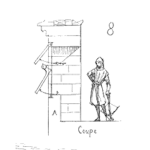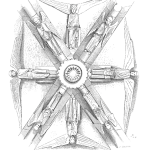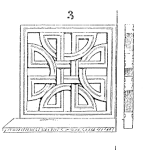
Today’s Gremlin – “follow me blindly”, is one of the big reasons your equipment isn’t reliable. Manufacturers tell you what maintenance to perform and how to do it, then insist you follow their guidance by voiding warranties if you don’t. Those recommendations are full of inspections and replacements if you find any flaw – even normal wear and tear! They ask you to overhaul equipment, replacing all sorts of parts that you must buy from them. If you are in the parts business, as your manufacturers are, you can make a real killing! So, if I’m a manufacturer of industrial equipment, you must follow me blindly.
[Read more…]













